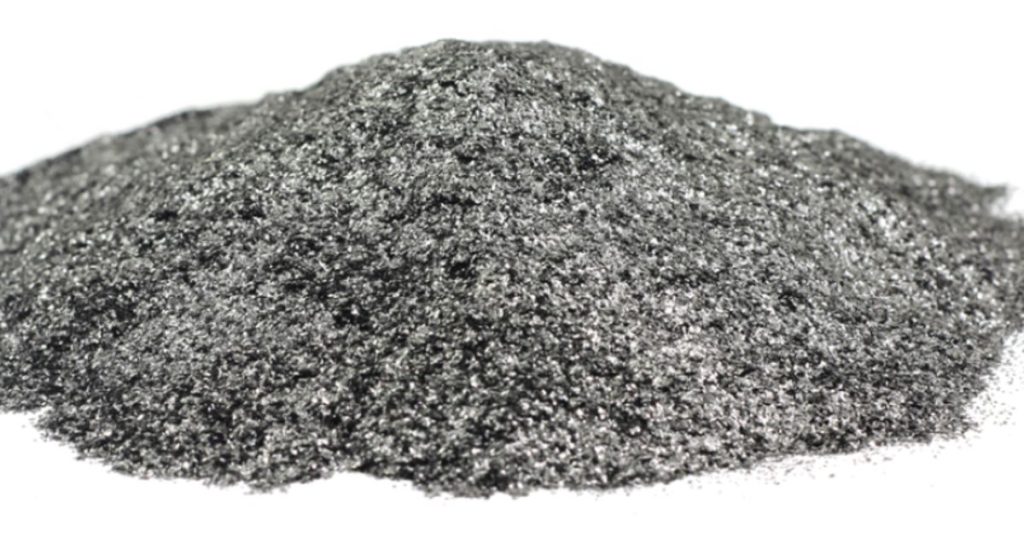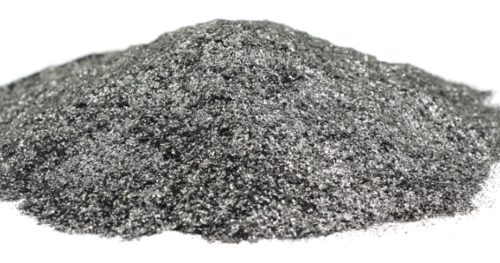The key to the electrochemical performance of lithium-ion batteries is the performance of positive and negative electrode materials and electrolytes, and the negative electrode materials have a great influence on the energy density, rate performance and cycle life of lithium-ion batteries. Due to its low cost, low price and high safety, graphite is still the mainstream lithium battery anode material in the market.
Graphite materials are mainly divided into artificial graphite and natural graphite, among which flake graphite is used as raw material for natural graphite anode material. Due to the anisotropy and small interlayer spacing of flake graphite, the cycle and rate performance are poor when directly used as anode materials. Therefore, a series of treatments are required to improve the diffusion of lithium ions in anode materials and finally be applied.
Spherification
In the current graphite industry, the particle size (D50) of spherical graphite is mostly controlled at 8~23μm. An excessively small particle size leads to an excessively large specific surface area, causing excessive side reactions in the formation process of the negative electrode material, excessive consumption of lithium ions, and reduced initial charge and discharge efficiency. Conversely, if the particle size is too large, the contact area between the graphite particles and the electrolyte is small and the lithium ion diffusion distance is too large, which will affect its specific capacity.
However, flake graphite will produce certain pores (including open pores and closed pores) during the spheroidization process, which affects the cycle life and rate performance of negative electrode materials to a certain extent. On the other hand, the curling, folding and tight stacking of graphite flakes inside spherical graphite will cause a certain degree of stress concentration inside, which will intensify the dissociation and shedding of graphite flakes to a certain extent, thus causing abnormal lithium storage phenomenon. At present, the quality of spherical graphite is mainly judged by physical indicators such as tap density, particle size distribution, and specific surface area.
Coating
Just spheroidization is not enough, because after spheroidization, the flake edges of flake graphite are directly exposed on the surface of spherical graphite, which affects the stability of the negative electrode material. Therefore, it is also necessary to coat a layer of amorphous carbon material or metal on the surface of spherical graphite and The modified layer of its oxide is used to improve the compactness and stability of the solid electrolyte interfacial film (SEI). At present, the coating material (amorphous carbon precursor) is generally pitch. Asphalt is a mixture of complex components. Different components, contents of toluene insolubles and quinoline insolubles, the softening point, carbon residue rate, and microstructure of the coating layer after carbonization are quite different, which has great influence on the cycle performance. have a great impact. In addition, resin materials, sodium maleate, aluminum oxide, etc. can be used as coating materials.
Due to the large distance between the amorphous carbon layers and the relatively easy diffusion of lithium ions, this is equivalent to building a buffer layer for lithium ion diffusion on the surface of spherical graphite. The specific capacity, first cycle efficiency and cycle performance (capacity retention rate ≥ 80% after 500 cycles) of the natural graphite anode material modified by spheroidization and coating have been significantly improved. At this stage, it is mainly used in 3C digital and The field of small power electronic products.
To improve the electrochemical performance of natural graphite anode materials, the main points are: to expand the graphite layer spacing, increase the number of micropores, enhance the migration rate of lithium ions, and promote the adsorption and diffusion reaction of lithium ions at the interface; change the graphite microcrystalline structure to provide more Active sites and spaces for lithium ion storage and diffusion.


